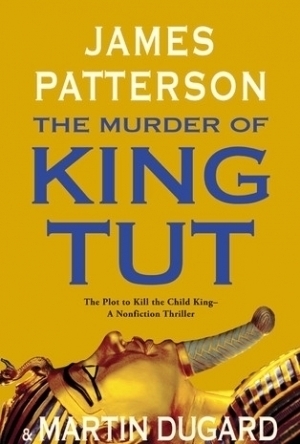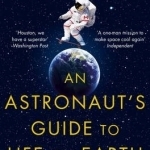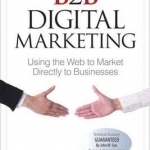
B2B Digital Marketing: Using the Web to Market Directly to Businesses
Book
The only 100% B2B-focused guide to high-profit, low-cost digital marketing! Finally, there's a...
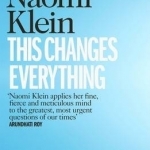
This Changes Everything: Capitalism vs. the Climate
Book
Naomi Klein's new international bestseller This Changes Everything is a must-read on our future, one...
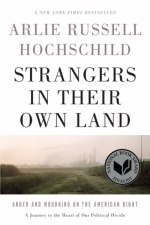
Strangers in Their Own Land: Anger and Mourning on the American Right
Book
2016 NATIONAL BOOK AWARD FINALIST FOR NONFICTION A 2016 NEW YORK TIMES NOTABLE BOOK NEW YORK...
Politics social issues

The Heartbeat of Wounded Knee: Native America from 1890 to the Present
Book
An informed, moving and kaleidoscopic portrait... Treuer's powerful book suggests the need for...
Haley Mathiot (9 KP) rated The Murder of King Tut in Books
Apr 27, 2018
Genre: non-fiction thriller
Rating: 4.5/5
Summary: James Patterson tells a story in three parts—one part, the mysterious death of King Tut, the second part the discovery of his tomb by Carter, and the third part his writing, own exploration, research, and discovery of the elusive history of the boy king.
Thoughts: This is one of the best James Patterson books I’ve ever read (listened too). JP has taken an age old mystery and solved it. Yes, it appears as though the mystery of Tut is mystery no more. This book is very alive, even though the plot revolves around a murder. I felt like I was standing right there, watching it all take place. At times, I felt like the characters themselves. This was an amazing escape from reality.
Characters (5/5): Characters should be relatable for a book to be enjoyable, and the characters in Tut’s world were wonderful. They were highly developed right away, and were the kind that either you routed for or hated with a passion.
Writing (4/5/5): James is an awesome writer. I always love reading his work because it’s so lyric. His words flow smoothly and he doesn’t overuse too many phrases (though several “waves” of various things did “wash over” many people).
Content (4/5): There was barely any language in this book, which was a nice change of JP’s work. It wasn’t necessary, either. It just goes to show that the point can be made—and made well—without filthy language. There was a little bit of sex but it wasn’t too graphic, nor was it frequent.
Reader (4/5): I really liked the voice of the reader for this book. I’ve heard some pretty awful ones before, I’ll say that much right now! But Joe’s voice was perfect for this book. The only thing I didn’t like were the voices he put with the characters—the accents were pretty lousy, and when he put on a “fake” voice for the child characters, it just sounded a little silly. I was glad when Tut got old enough that he didn’t have to do that anymore!
Recommendation: Ages 16+ to lovers of fiction, history, nonfiction, thrillers, mystery, or to any James-Patterson-addict.
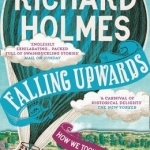
Falling Upwards: How We Took to the Air
Book
'Nominally a history of the hot air balloon, 'Falling Upwards' is really a history of hope and...
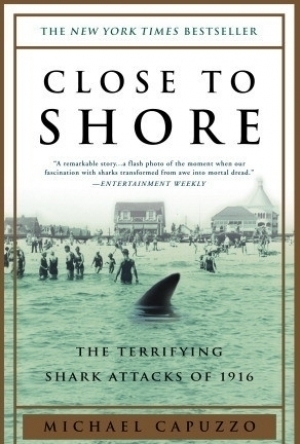
Close to Shore: The Terrifying Shark Attacks of 1916
Book
Combining rich historical detail and a harrowing, pulse-pounding narrative, Close to Shore...

Buzz Books 2018: Young Adult Fall/Winter: Exclusive Excerpts from Forthcoming Titles by Rebecca Hanover, Julie Kagawa, Kody Keplinger, Natasha Ngan, Courtney Summers and More
Book
Our ninth Buzz Books: Young Adult gives readers the special excitement of being among the first to...

Storm Proof
Book
Go “storm chasing” through the pages of the greatest Book ever written! What storm has blown...
Nonfiction
Goddess in the Stacks (553 KP) rated An Astronaut's Guide to Life on Earth in Books
Sep 7, 2017
It does appeal to how I like to read about science, though. I love reading about scientists. How they worked, how they made their discoveries, the paths they took. Who they were. I’m less interested in the actual science. This is part of why I loved A Short History of Nearly Everything, by Bill Bryson, so much. I borrowed that book from the library and read it cover to cover, fascinated. Finally had to buy my own copy.
Hadfield took space exploration and made it accessible to everyone. According to the book, he didn’t even quite realize how big of an impact he was making at first. But between tweeting pictures from the ISS, making videos of how different life was in space, and making music videos, he really did become the most well-known astronaut of our generation. I remember putting his video of I.S.S. (Is Somebody Singing) on repeat when it came out – and it STILL gives me chills today.
He only briefly talked about Is Somebody Singing in the book, which I found surprising, given it was the one that hit me the hardest. He spent more time talking about filming and recording Space Oddity – which does have 36 million views, to I.S.S.’s 2 million. So I suppose that makes sense! (I'm going to attach both videos to the book page.)
One thing he keeps coming back to in his book is his philosophy of trying to be a zero. That doesn’t sound very ambitious on the surface – but what he means is you can be one of three things in a group. You can be a negative impact (a -1) a neutral impact (a zero) or a positive impact (a +1). If you try to be a +1, it’s far likelier that you’ll try too hard, fuck up, and instead become a negative impact. So aim to be a zero. And most of the time you’ll wind up as a positive impact. I thought that was a very unique philosophy.
You can find all my reviews at http://goddessinthestacks.wordpress.com
